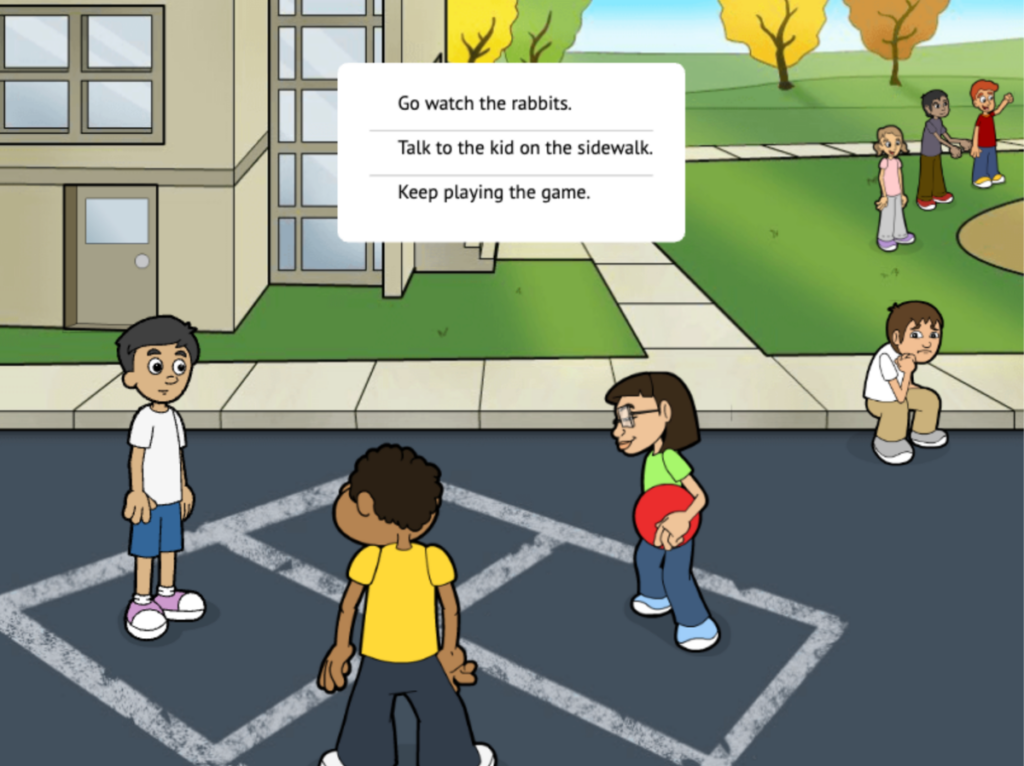Zoo U: Combine Game-Based Direct Assessment With Surveys

Zoo U has received another strong review. The Organisation for Economic Co-operation and Development (OECD) recently published a review of innovative tools for assessing social emotional skills. In the article, OECD praises Zoo U for its cutting-edge features, including:
- Assessing multiple skills in a single game
- Using direct and indirect choices to assess skills
- Creating an immersive, real-world experience
We created Zoo U with funding from the US Department of Education. Zoo U is an evidence-based game for social emotional skills assessment and intervention with elementary students. Distributed by Centervention, Zoo U helps tens of thousands of students in schools across the nation build social emotional skills.
The game-based direct assessment in Zoo U reviewed by OECD brings together the rigor of traditional assessments and the innovation of digital technology. In Zoo U, elementary-aged youth create an avatar to navigate six short scenes, giving youth the freedom to make their own choices as they navigate social problem-solving situations.
Each scene represents a key skill:
- Communication
- Cooperation
- Emotional regulation
- Empathy
- Impulse control
- Social Isolation

This award-winning 20-minute direct assessment has been shown to have strong reliability and predictive validity, including criterion validity predicting school-based outcomes.
As the OECD concludes, Zoo U is “an example of how a game can be designed to specifically target individual skills.”
Zoo U is "an example of how a game can be designed to specifically target individual skills."
—The Organisation for Economic Co-operation and Development

